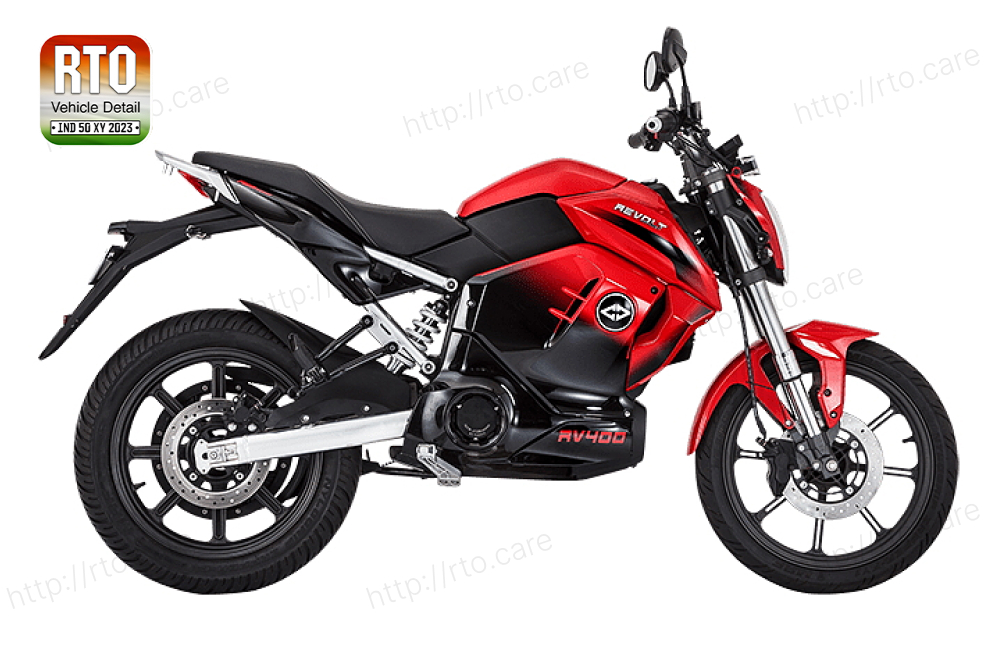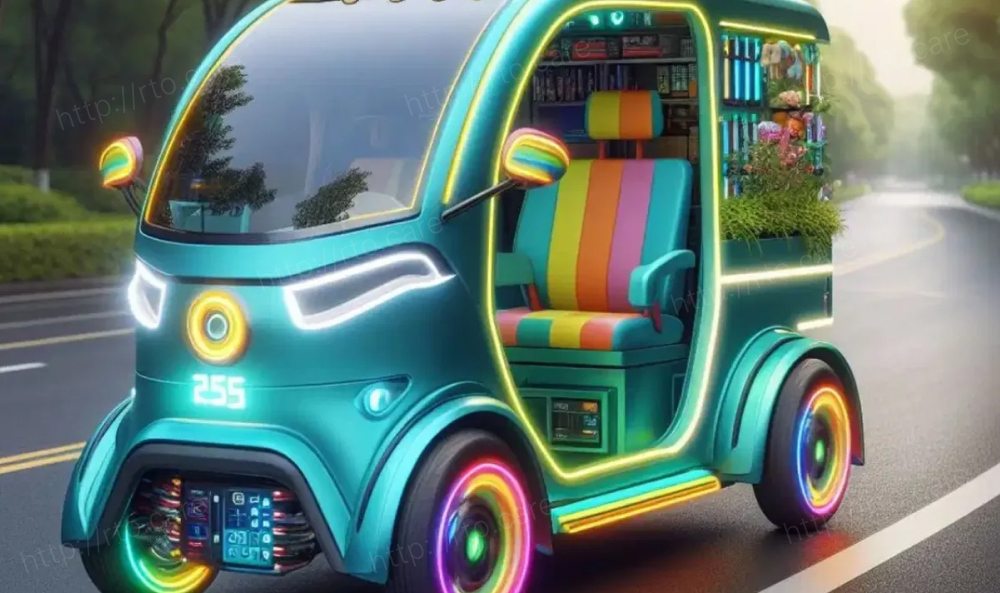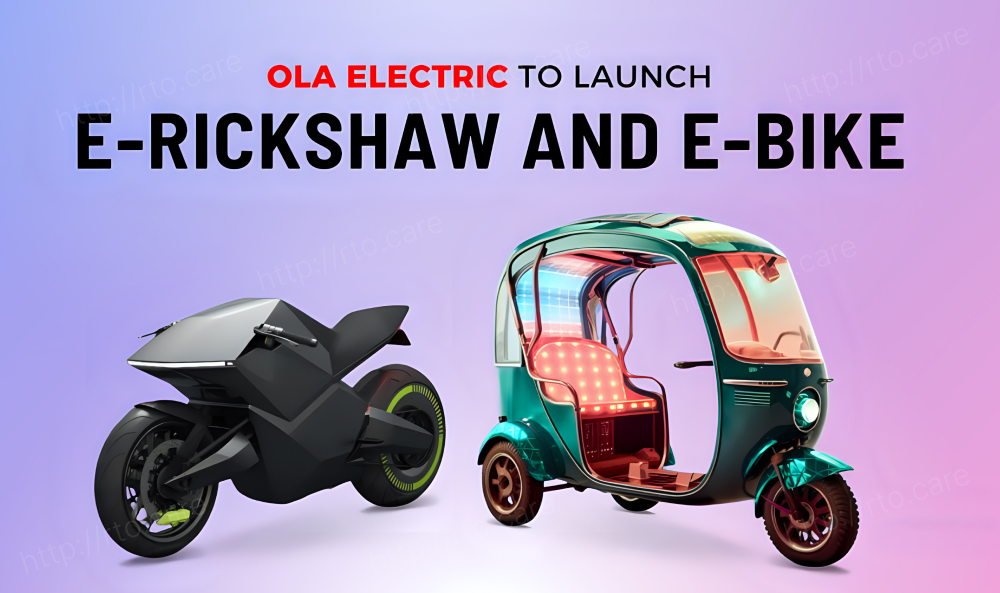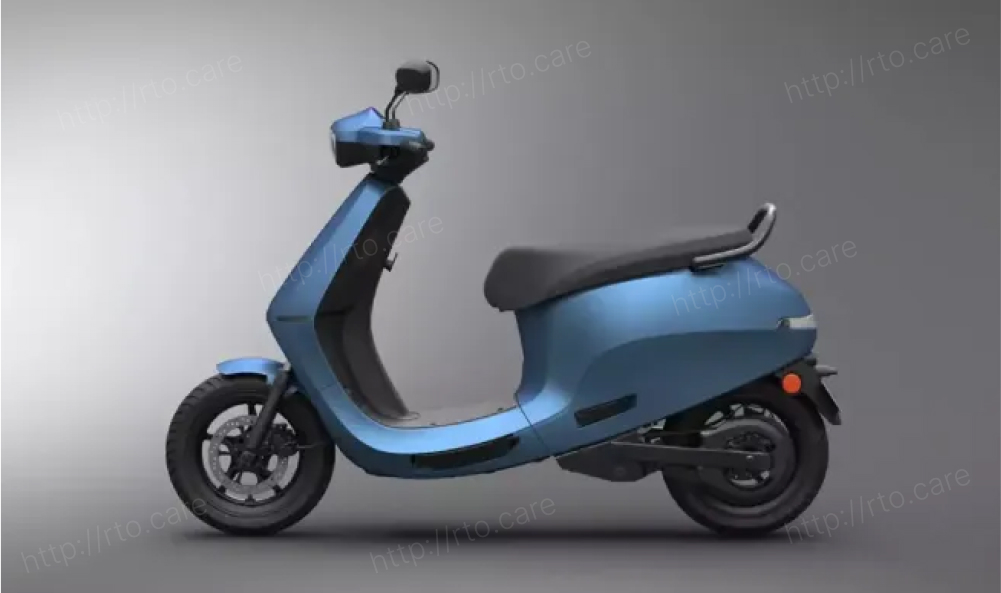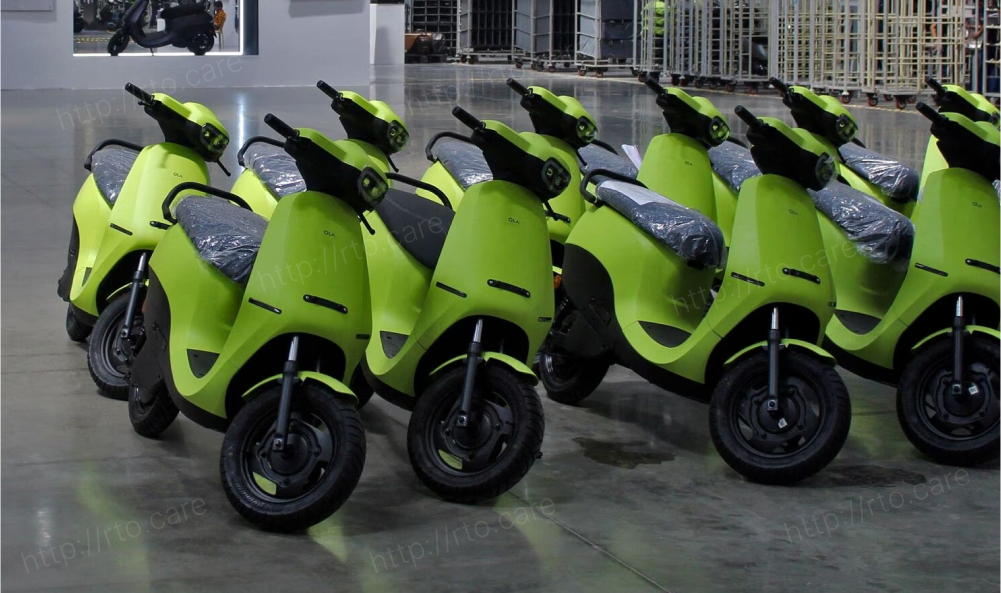Launched in 2019, the Revolt RV 400 entered the Indian motorcycle market with a bold proposition: a stylish, connected, and affordable electric motorcycle aimed at tech-savvy young riders. Developed by Revolt Motors, a subsidiary of Micromax, the RV 400 sought to disrupt the traditional motorcycle scene with its distinctive features and pricing. Let's delve into the key aspects of the Revolt RV 400 and its impact on the Indian electric vehicle (EV) landscape:
Disruptive Pricing and Innovative Sales Model:
The RV 400 initially surprised the market with its competitive pricing, starting at a significantly lower point than established brands and other electric motorcycles. Revolt further challenged traditional dealership models by adopting an online-centric sales strategy. This approach, along with attractive pricing, appealed to a price-conscious consumer base, particularly in urban areas.
Connectivity and Tech-Focused Features:
The RV 400 stands out for its emphasis on connectivity and tech features. The motorcycle features a full-digital instrument cluster, providing essential information and real-time ride data. Connected features include remote diagnostics, bike tracking, and geofencing, enabling riders to monitor their motorcycle remotely. This tech-focused approach caters to the growing demand for connected vehicles, especially among younger riders.
Performance and Range:
The RV 400 boasts a 3 kW electric motor generating 34 Nm of torque, offering sufficient performance for city riding and short commutes. However, the initial version faced criticism due to its limited range, with a claimed range of approximately 85 km on a single charge (as per ARAI certification). This restricted range raised concerns among potential buyers, particularly those seeking long-distance capabilities.
Challenges and Future Outlook:
Despite its initial appeal, the Revolt RV 400 encountered several challenges. Production delays and quality issues impacted customer confidence. Additionally, a limited service network and concerns about battery life and warranty dampened customer sentiment. The company now faces the task of addressing these challenges to secure a more positive future outlook in the competitive Indian electric motorcycle market.
